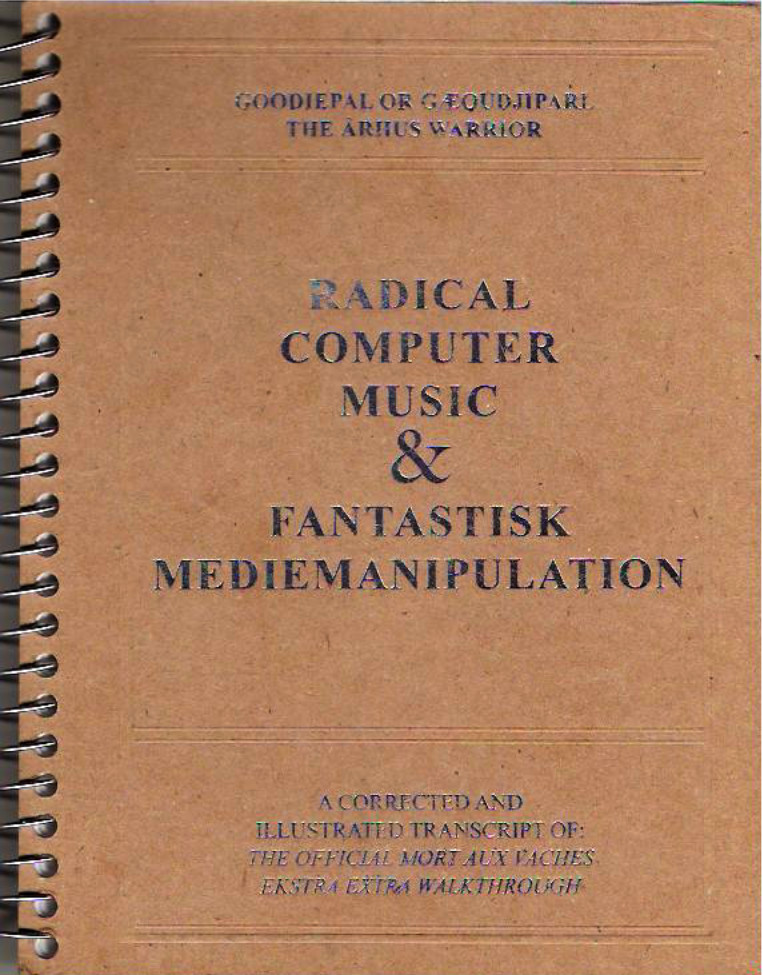Wendy Bark: Constructivist Costume, Textile & Theatrical Design, 1917-1934 (1995)
Filed under thesis | Tags: · 1910s, 1920s, 1930s, art history, constructivism, costume design, design, fashion design, textile design, theatre

This thesis follows the life of the art movement known as Constructivism through the turbulent post-revolutionary years, up to the onset of Socialist Realism, a doctrine imposed on the Arts by governmental directives. It focuses on the areas of fashion, textile and theatrical design, which themselves are strongly influenced by extra-artistic factors – economics, sociology and the historical era – as was the ethos of Constructivism.
After a brief introduction giving some background information on the art world and the main artist-designers of the study, the chapters go on to discuss the factors affecting the rise and then the waning popularity of the constructivist ideology, explaining the focal tenets of Constructivism, particularly in relation to fashion, textile and theatrical design. Since the majority of constructivist works were completed during the time span covered by NEP, those chapters relating to NEP have thus been given emphasis. Some biographical details about the main artists of the study are given at the end, and the Glossary lists the most common acronyms and abbreviations used in the text. The illustrations are intended as a companion to the text, since often the artistic effects of designers cannot be described adequately by language alone.
The study focuses on six artist/designers: Vladimir Tatlin, Alexander Rodchenko, Varvara Stepanova, Liubov Popova, Alexandra Exter, and Nadezhda Lamanova.
Full title: Constructivist Costume, Textile & Theatrical Design, 1917-1934: A Study of Constructivism Set in the Socio-cultural, Political and Historical Context of Post-Revolutionary Russia
Masters thesis
Durham University
285 pages
Goodiepal or Gaeoudjiparl The Århus Warrior: Radical Computer Music & Fantastisk Mediemanipulation (2009)
Filed under book | Tags: · computer music, game, music

“The term Radical Computer Music was coined by Goodiepal in relation to the Mort Aux Vaches Ekstra Extra compositional game scenario. It promotes an expanded dialogue between human beings and artificial and alternative intelligences as a way to transgress a condition of stagnation, according to Goodiepal prevailing in contemporary computer music and media art. The game scenario is an exercise in the creation of musical scores to challenge the mindset of ‘other’ intelligences, considering issues such as utopia, time, notation techniques, language, levels of unscannability, and the role of the composer.
Mort Aux Vaches Ekstra Extra was launched as an educational program at a special lecture given in April 2008 at the 5th Berlin Biennial for Contemporary Art, the work as such was first premiered in October 2007 at a solo exhibition at Andersen’s Contemporary in Copenhagen, Denmark.
Towards the end of 2008, Goodiepal created what he considers an expert panel consisting of members with various skills and backgrounds such as Andreas Hauer-Jensen, Anders Jørgen Mogensen, Uglemads, Martha Hviid and Tordis Berstrand. He has since taken the panel around Europe to help him lecture and perform and during the trips told them most of the secrets behind the Mort Aux Vaches Ekstra Extra game scenario and Radical Computer Music. Some of these ideas are also described in Radical Computer Music & Fantastisk Mediemanipulation: A Corrected and Illustrated Transcript of the Official Mort Aux Vaches Ekstra Extra Walkthrough published in 2009 and offered here for download.” (Wikipedia)
Publisher MPH/Pork Salad Press, Portland/Copenhagen, 2009
ISBN 9781934399125, 1934399124
76 pages
via Radio Web MACBA
video reading 1:21h
Radical Computer Music at Wikipedia
Alexander Alberro, Blake Stimson (eds.): Conceptual Art: A Critical Anthology (1999)
Filed under book | Tags: · 1960s, aesthetics, art criticism, art history, art theory, conceptual art

“Compared to other avant-garde movements that emerged in the 1960s, conceptual art has received relatively little serious attention by art historians and critics of the past twenty-five years—in part because of the difficult, intellectual nature of the art. This lack of attention is particularly striking given the tremendous influence of conceptual art on the art of the last fifteen years, on critical discussion surrounding postmodernism, and on the use of theory by artists, curators, critics, and historians.
This landmark anthology collects for the first time the key historical documents that helped give definition and purpose to the movement. It also contains more recent memoirs by participants, as well as critical histories of the period by some of today’s leading artists and art historians. Many of the essays and artists’ statements have been translated into English specifically for this volume. A good portion of the exchange between artists, critics, and theorists took place in difficult-to-find limited-edition catalogs, small journals, and private correspondence. These influential documents are gathered here for the first time, along with a number of previously unpublished essays and interviews.”
Contributors: Alexander Alberro, Art & Language, Terry Atkinson, Michael Baldwin, Robert Barry, Gregory Battcock, Mel Bochner, Sigmund Bode, Georges Boudaille, Marcel Broodthaers, Benjamin Buchloh, Daniel Buren, Victor Burgin, Ian Burn, Jack Burnham, Luis Camnitzer, John Chandler, Sarah Charlesworth, Michel Claura, Jean Clay, Michael Corris, Eduardo Costa, Thomas Crow, Hanne Darboven, Raúl Escari, Piero Gilardi, Dan Graham, Maria Teresa Gramuglio, Hans Haacke, Charles Harrison, Roberto Jacoby, Mary Kelly, Joseph Kosuth, Max Kozloff, Christine Kozlov, Sol LeWitt, Lucy Lippard, Lee Lozano, Kynaston McShine, Cildo Meireles, Catherine Millet, Olivier Mosset, John Murphy, Hélio Oiticica, Michel Parmentier, Adrian Piper, Yvonne Rainer, Mari Carmen Ramirez, Nicolas Rosa, Harold Rosenberg, Martha Rosler, Allan Sekula, Jeanne Siegel, Seth Siegelaub, Terry Smith, Robert Smithson, Athena Tacha Spear, Blake Stimson, Niele Toroni, Mierle Ukeles, Jeff Wall, Rolf Wedewer, Ian Wilson.
Publisher MIT Press, 1999
ISBN 0262011735, 9780262011730
623 pages

